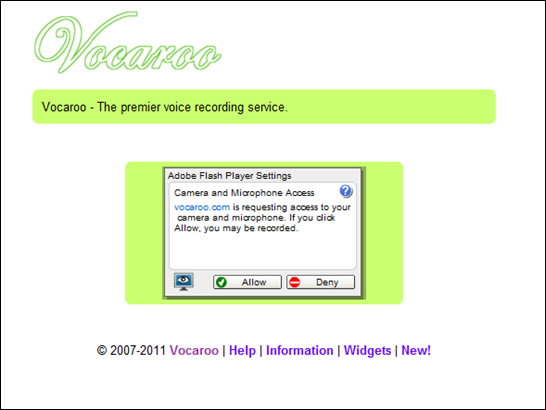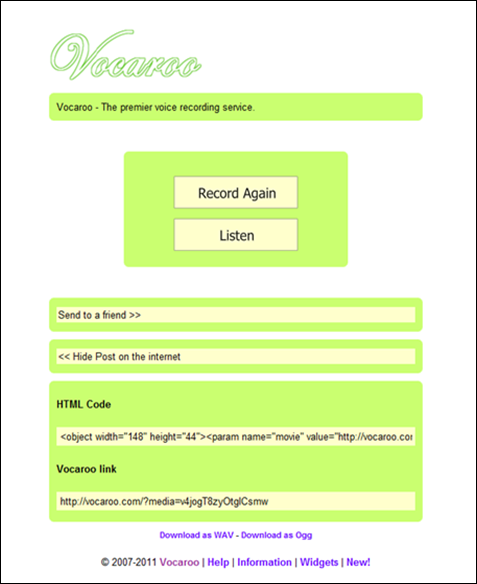Submitted by Fiona Beal
If you had told me several years back that the time would come when teachers around the world could share ideas in a group verbally, visually and virtually right from the comfort of their own homes, I would probably have laughed (to myself). But the day HAS come! I experienced it myself on Saturday 17th December. Bart Verswijvel from Belgium, one of the organisers of this International TeachMeet said, prior to the occasion, “On Saturday I will have more than 25 visitors coming to my house (virtually). The visitors come from 15 different countries and they are from the 5 continents of the world. They are all teachers and they have a great story to tell. Doesn’t this sound amazing?” As it turned out there were actually 60 attendees, including 22 presenters from 15 countries and 5 continents.
Previous posts about TeachMeets
Face to face TeachMeets are already happening in South Africa and I have written about them before on this blog, on several occasions, in the following order:
http://schoolnetsa.blogspot.com/2011/08/why-not-hold-teachmeet-in-your-area.html
http://schoolnetsa.blogspot.com/2011/08/more-teachmeet-ideas-from-partners-in.html
http://schoolnetsa.blogspot.com/2011/11/microsoft-introduces-teachmeets-into.html
http://schoolnetsa.blogspot.com/2011/11/elkanah-house-runs-with-teachmeet-idea.html
http://schoolnetsa.blogspot.com/2011/11/report-back-on-elkanah-house-teachmeet.html
Organisers and Presenters of the virtual International TeachMeet
However, this is the first virtual International Teachmeet that I know of. It was organised by two of my Partners in Learning Institute (Seattle, July) colleagues, namely Arjana (@abfromz) from Croatia and Bart (@BartVerswijvel) from Belgium. Microsoft's Partners in Learning, Croatia, have kindly sponsored the use of Microsoft Live meeting to host this and further International TeachMeets.
You can find the presenters' details here http://teachmeetinternational.wikispaces.com/Presenters
What happens at a TeachMeet?
At a TeachMeet the participants give a micro presentation lasting, in this case, 3 minutes of something they have done that combines the curriculum with technology and that really works well.
A summary of the presentations
Here is a summary of the presentations, compiled by Sonja from Croatia (@sonjalr):
A video about the occasion
Bart from Belgium made a video from the afternoon’s proceedings
Blogposts about the this international event
Some of the presenters and attendees have already written blogposts about the event:
Vicky Loras (Switzerland): Professional Development At Its Very Best
Jeannette James (Australia): Live Meeting #teachmeet webinar
Arjana Blazic (Croatia): Good vibrations
Bart Verswijvel (Belgium): Wonderful world
Elinda Gjondeda (Greece): Reflections from #TeachMeet International
Chiew Pang (Spain): Two for the price of none
In fact to get the summary and feel of the event you can look at the TeachMeet wiki that Arjana from Croatia created especially for the event. http://teachmeetinternational.wikispaces.com/
Some of the Slideshare presentations
Some of the presenters have made Slideshare or Authorstream presentations about their offering. There will be more I am sure.
1) Chew Piang from Spain
Next one? Of course there will be more, possibly in February 2012. The next event to follow in this line is the first International Student TeachMeet that Bart is setting up for 7 February 2012. Details can be found here: http://studentsmeet.org/
To conclude, I personally think that the benefits of using technology in education will be widely spread through the the TeachMeet concept. I love Teachmeets!
If you had told me several years back that the time would come when teachers around the world could share ideas in a group verbally, visually and virtually right from the comfort of their own homes, I would probably have laughed (to myself). But the day HAS come! I experienced it myself on Saturday 17th December. Bart Verswijvel from Belgium, one of the organisers of this International TeachMeet said, prior to the occasion, “On Saturday I will have more than 25 visitors coming to my house (virtually). The visitors come from 15 different countries and they are from the 5 continents of the world. They are all teachers and they have a great story to tell. Doesn’t this sound amazing?” As it turned out there were actually 60 attendees, including 22 presenters from 15 countries and 5 continents.
Previous posts about TeachMeets
Face to face TeachMeets are already happening in South Africa and I have written about them before on this blog, on several occasions, in the following order:
http://schoolnetsa.blogspot.com/2011/08/why-not-hold-teachmeet-in-your-area.html
http://schoolnetsa.blogspot.com/2011/08/more-teachmeet-ideas-from-partners-in.html
http://schoolnetsa.blogspot.com/2011/11/microsoft-introduces-teachmeets-into.html
http://schoolnetsa.blogspot.com/2011/11/elkanah-house-runs-with-teachmeet-idea.html
http://schoolnetsa.blogspot.com/2011/11/report-back-on-elkanah-house-teachmeet.html
I also created a TeachMeet – South Africa wiki (http://teachmeet-southafrica.wikispaces.com/) earlier this year for anyone in South Africa to use if they organise a TeachMeet. This is a way of possibly keeping a record of our Teachmeets in South Africa,
Organisers and Presenters of the virtual International TeachMeet
However, this is the first virtual International Teachmeet that I know of. It was organised by two of my Partners in Learning Institute (Seattle, July) colleagues, namely Arjana (@abfromz) from Croatia and Bart (@BartVerswijvel) from Belgium. Microsoft's Partners in Learning, Croatia, have kindly sponsored the use of Microsoft Live meeting to host this and further International TeachMeets.
 |
| The organisers and presenters at the first virtual TeachMeet |
You can find the presenters' details here http://teachmeetinternational.wikispaces.com/Presenters
What happens at a TeachMeet?
At a TeachMeet the participants give a micro presentation lasting, in this case, 3 minutes of something they have done that combines the curriculum with technology and that really works well.
A summary of the presentations
Here is a summary of the presentations, compiled by Sonja from Croatia (@sonjalr):
A video about the occasion
Bart from Belgium made a video from the afternoon’s proceedings
Blogposts about the this international event
Some of the presenters and attendees have already written blogposts about the event:
Vicky Loras (Switzerland): Professional Development At Its Very Best
Jeannette James (Australia): Live Meeting #teachmeet webinar
Arjana Blazic (Croatia): Good vibrations
Bart Verswijvel (Belgium): Wonderful world
Elinda Gjondeda (Greece): Reflections from #TeachMeet International
Chiew Pang (Spain): Two for the price of none
In fact to get the summary and feel of the event you can look at the TeachMeet wiki that Arjana from Croatia created especially for the event. http://teachmeetinternational.wikispaces.com/
Some of the Slideshare presentations
Some of the presenters have made Slideshare or Authorstream presentations about their offering. There will be more I am sure.
1) Chew Piang from Spain
A blog can be a fantastic teaching tool
Further International TeachMeets?View more presentations from fionabeal
I'm sure there will be more, soon. Ah, here are three more:
4) Anna Loseva from Russia
ELT workplaces with posterous blogs
5) Yitzha Sarwona from Jakarta in Indonesia
Applying Dogma teaching in a Montessori kindergarten classroom
6) Bookmark your dreams with Vladimira Michalkova from Slovakia
I'm sure there will be more, soon. Ah, here are three more:
4) Anna Loseva from Russia
ELT workplaces with posterous blogs
5) Yitzha Sarwona from Jakarta in Indonesia
Applying Dogma teaching in a Montessori kindergarten classroom
6) Bookmark your dreams with Vladimira Michalkova from Slovakia
Next one? Of course there will be more, possibly in February 2012. The next event to follow in this line is the first International Student TeachMeet that Bart is setting up for 7 February 2012. Details can be found here: http://studentsmeet.org/
To conclude, I personally think that the benefits of using technology in education will be widely spread through the the TeachMeet concept. I love Teachmeets!
















































